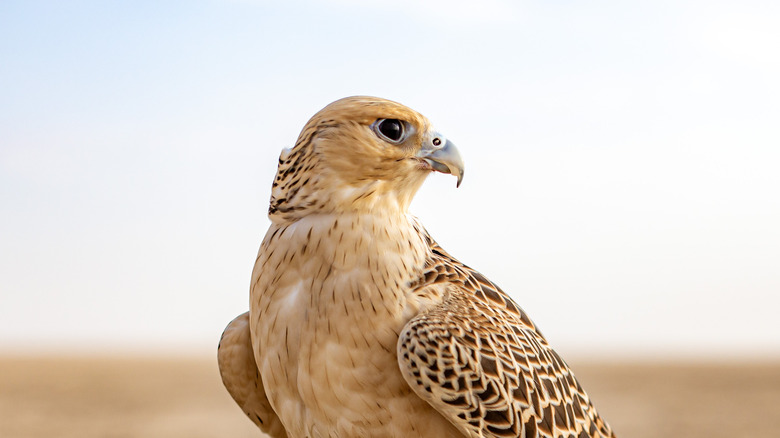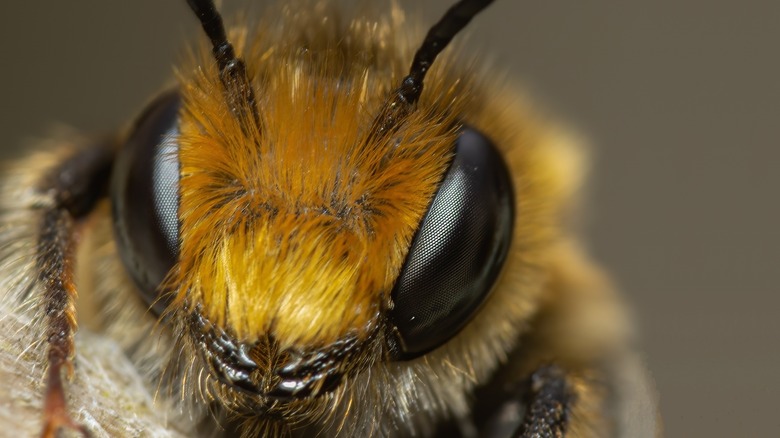This New Camera System Allows You To See The World From An Animal's Point Of View
The idea of viewing the world in a substantially different way can be challenging to conceptualize. After all, you only have one pair of eyes. However, while there aren't natural ways to co-opt the views of other living creatures, there are methods to emulate their perspectives, which could prove invaluable from a scientific standpoint.
A team of researchers published a 2024 paper in the scientific journal "PLOS Biology," titled "Recording animal-view videos of the natural world using a novel camera system and software package." As the title implies, these researchers have created a combination of a unique camera system and custom software to accurately replicate how certain animals view the world around them. Specifically, they've managed to replicate the views of both birds and bees.
"We've long been fascinated by how animals see the world," said Daniel Hanley, a senior author on the study, in a statement to EurekAlert. "Modern techniques in sensory ecology allow us to infer how static scenes might appear to an animal; however, animals often make crucial decisions on moving targets (e.g., detecting food items, evaluating a potential mate's display, etc.). Here, we introduce hardware and software tools for ecologists and filmmakers that can capture and display animal-perceived colors in motion."
Movement and color
The researchers' new system was built on existing concepts of multispectral photography, which utilizes photographs taken across various points of the visible light spectrum to create unique color channels. Their homemade camera captures footage through four color channels: red, blue, green, and UV light, then processes them into the "perceptual units" of specific animals, or how those animals perceive light and color.
The paper includes a variety of video footage demonstrating the camera's ability to capture and replicate footage, showing what the world looks like to birds and bees. One video shows a human applying sunscreen to themselves through the eyes of a bee; what appears stark white to our eyes instead turns a bright orange due to how bee eyes perceive UV light.
Similarly, a video of butterflies on a flower, viewed through the eyes of a bird, changes color based on movement. This is because the amount of UV light perceived by a bird changes depending on the reflection of the butterfly's moving wings. Additionally, a video of a bird's view of a tree line shows what would normally be a bright blue sky as a vibrant magenta, tinted by the greater level of UV light.
As the camera system was made using commercially available parts and open-source software, the researchers hope that their discovery could be iterated upon by other researchers looking to replicate more animal POVs.

